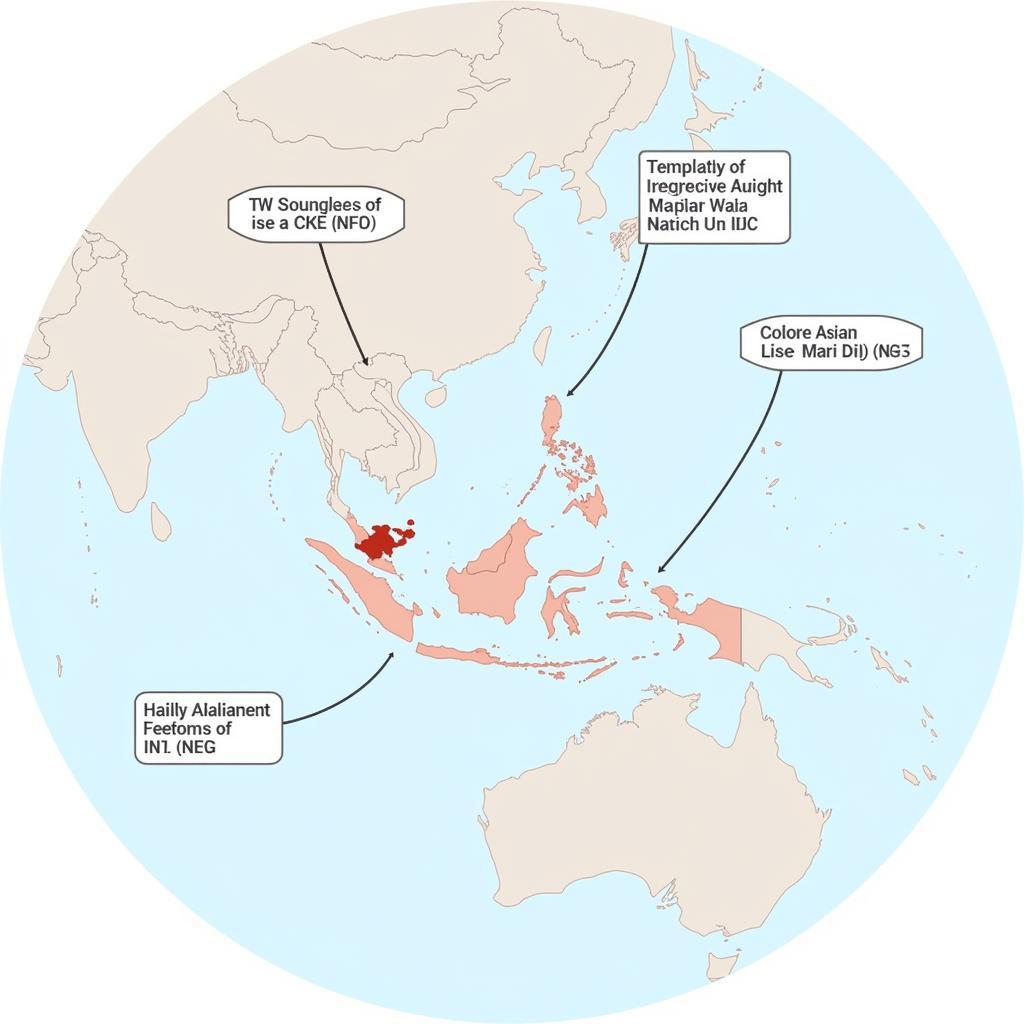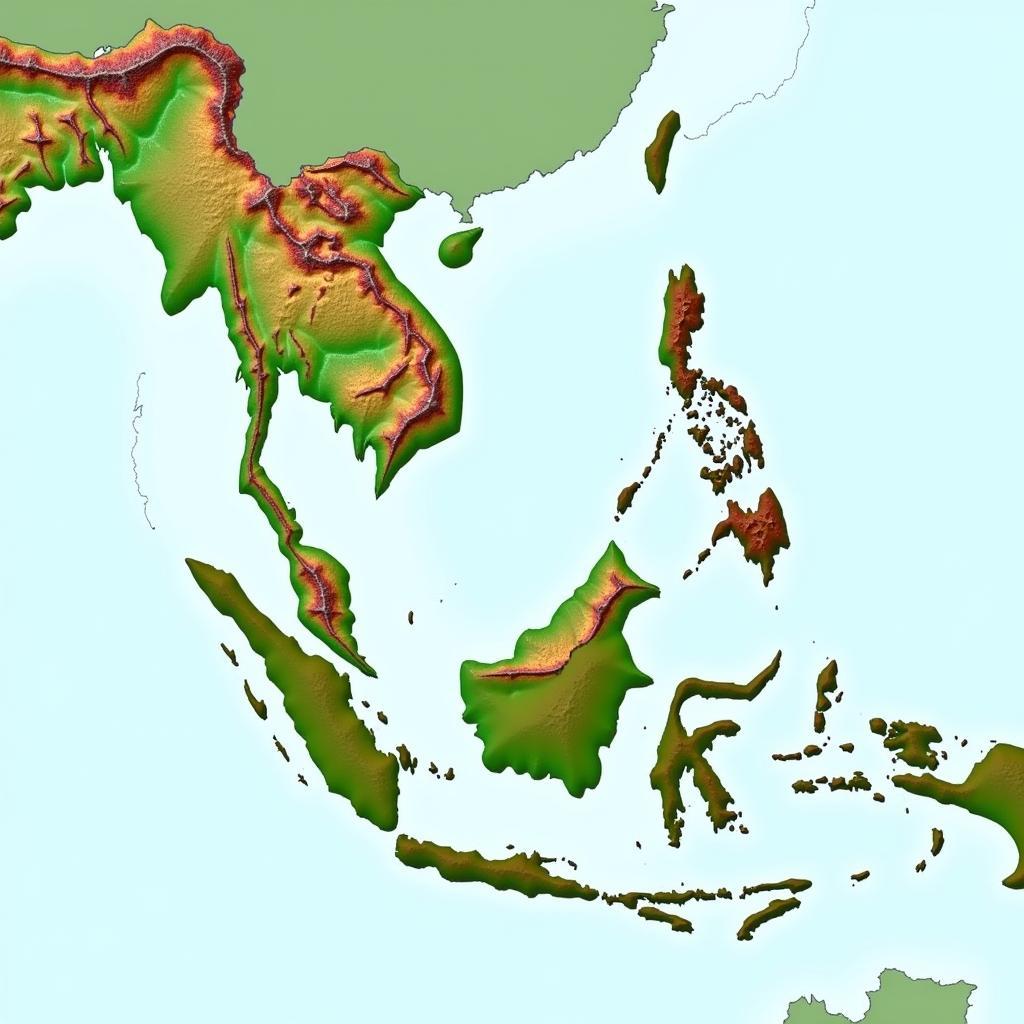The ASEAN automotive outlook in 2019 painted a picture of a region on the cusp of transformation. As a significant market and production hub within the global automotive landscape, ASEAN witnessed a confluence of factors shaping its trajectory. From evolving consumer preferences to advancements in technology and shifts in government policies, 2019 presented both opportunities and challenges for the industry.
Riding the Wave of Growth: Economic Expansion and a Growing Middle Class
 Booming car sales in ASEAN
Booming car sales in ASEAN
One of the key drivers fueling the ASEAN automotive outlook in 2019 was the region’s robust economic growth. With a burgeoning middle class and rising disposable incomes, car ownership transitioned from a luxury to an increasingly attainable aspiration for many. This surge in demand translated into a favorable market for automakers.
Shifting Gears: The Rise of SUVs and Green Vehicles
 SUVs dominating ASEAN roads
SUVs dominating ASEAN roads
2019 also marked a noticeable shift in consumer preferences within ASEAN. While traditional sedans continued to hold their ground, the demand for SUVs soared. This trend was driven by a desire for spaciousness, versatility, and a sense of adventure that resonated with the region’s increasingly mobile population.
Furthermore, environmental awareness gained traction, leading to a growing interest in green vehicles, including electric and hybrid models. Governments across ASEAN recognized this shift and began implementing policies to encourage the adoption of fuel-efficient and eco-friendly vehicles.
Navigating Challenges: Infrastructure Development and Competition
 ASEAN traffic and infrastructure development
ASEAN traffic and infrastructure development
While opportunities abounded, the ASEAN automotive outlook in 2019 wasn’t without its challenges. Infrastructure development struggled to keep pace with the rapid increase in vehicle ownership, leading to traffic congestion in major cities. Governments and industry stakeholders recognized the need for investment in road networks, public transportation systems, and smart city initiatives to address these growing pains.
Additionally, the ASEAN automotive market faced heightened competition from both established global players and emerging domestic manufacturers. This competitive landscape demanded innovation, cost-effectiveness, and a deep understanding of local market nuances to thrive.
Conclusion: ASEAN’s Automotive Journey Continues
The ASEAN automotive outlook in 2019 reflected a dynamic industry brimming with potential. The region’s economic vitality, evolving consumer trends, and supportive government policies created a fertile ground for growth. As ASEAN continues its journey towards becoming a global automotive powerhouse, it will be fascinating to witness how the industry adapts and innovates to meet the challenges and capitalize on the opportunities that lie ahead.

